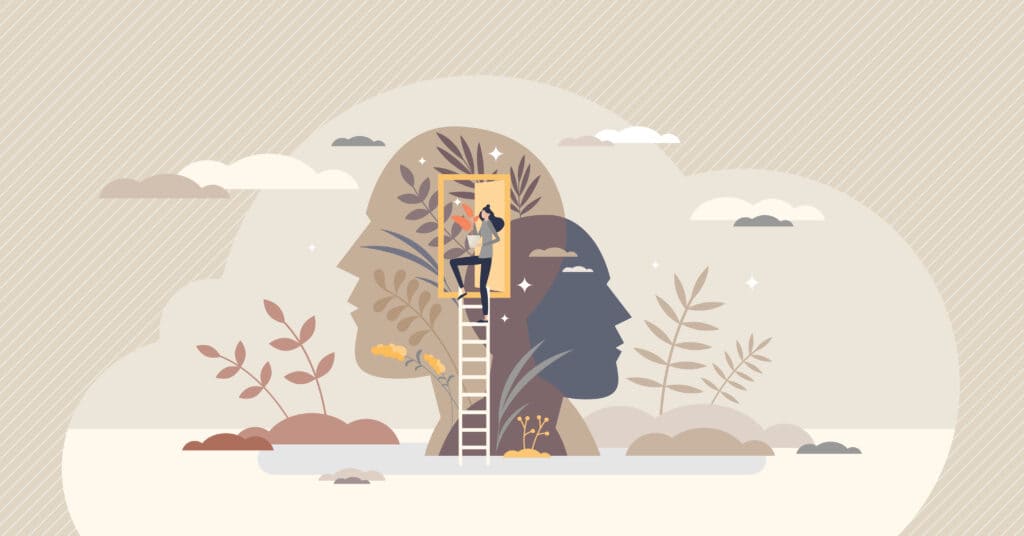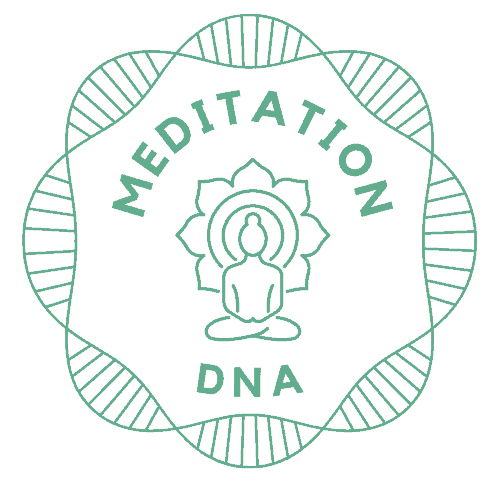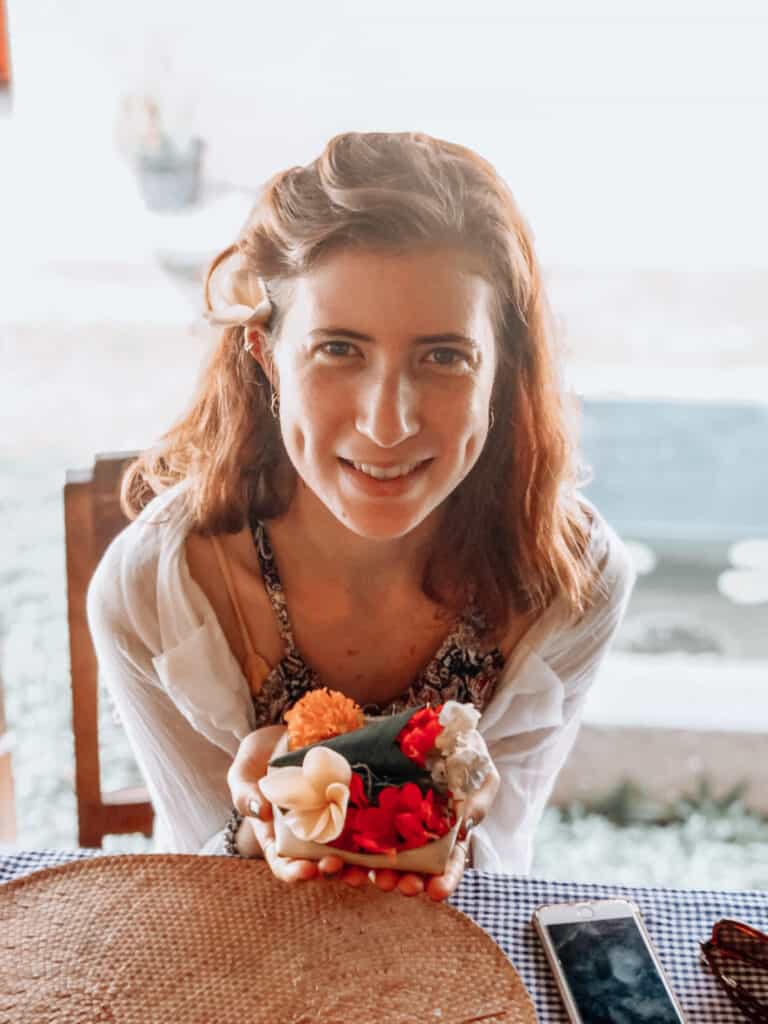
Is there somewhat of a myth of creativity and meditation when it comes to how our brains perceive creative processes and imagination?
Let’s explore this topic more… but first what is creativity exactly?
psychology definition of creativity
Creativity can be defined in many ways, but generally speaking, it refers to the mental processes that drive innovation and imagination.
Creative thinking involves the generation of ideas that go beyond previously considered possibilities. Creativity can be used for problem-solving in any domain and is regarded as a useful skill in everyday life.
Brain creativity – becoming a creativity genius
The human brain has been evolving for millions of years and is still changing today. Today, we have more neurons than ever before and are able to make more connections between them than any other species. However, there are some things we don’t yet understand about how the brain works. For example, the way our brains work is hard to study because they are so complex and the parts interact with each other in countless ways.’
How does mindfulness tap into our creativity exactly – what changes in the brain?
Many of us have heard of the ‘left brain vs right brain’. The myth of creativity still stands: left-brain thinking is practical, logical, analytic, and rational. Right brain thinking is where you go when you need to access your more creative, imaginative, and innovative ideas. So many people think that creativity requires that we tap into the right brain, as though there is something magical about the mysterious subconscious.
Meditation reveals the one mind. There is no right or left-brain when we meditate. With awareness, we gain access to all centers of our brain – specifically those that control learning, creativity and imagination.
Creativity, therefore, spans both the left and the right side of the brain by a thick band of nerves known as the corpus callosum.
Once we realize that creativity is everywhere, we can use it as a problem-solver or expression tool for whatever we wish. Creativity as problem-solving can be a rather powerful tool.
Creativity is not only linked to artistic expression but to innovation and problem-solving abilities too.
So with all of this being said for those of us that aren’t necessarily artists or have a career in creativity, that need to access this way of thinking what might the benefits for artistic expression be for non-artists.
(A side note: that creativity is found everywhere and in every line of work, it just comes in different forms eg. the creativity of engineering, the creativity of advertising, or creativity of entrepreneurship.)
Benefits of art and creative expression – why is artistic expression important
Artistic expressions allow us to explore our inner worlds and express them through visual arts, music, and dance. They also give us insights into the human condition and how we view ourselves and others. Arts activities help children learn about their emotions, develop self-esteem, and find meaning and purpose in life. Encouraging creativity with children is, therefore, a vital part of brain development.
Artistic expression is important for many reasons. One of them is the ability of creativity to express ideas, emotions, and thoughts. Another benefit from artistic expression is creativity helps us learn new things, change our behaviors, and create friendships.
A creative hobby is important for everyone because it helps us connect emotionally with our environment and others, while also increasing self-confidence. Every person has something original to offer the world, whether it is through music, literature, dance, fashion, or art. This is why I believe that all individuals should try to express themselves artistically at least once a week, even if they don’t consider themselves artists.
Art therapy has been used for centuries in different cultures around the world to help those who suffer from mental illness or trauma. It may help people express feelings they might not otherwise verbalize, or it may allow them to explore emotions through abstract means.
A new study published in Scientific Reports, led by Dr. Tania Singer of King’s College London, found that people who participate in visual arts activities such as painting, drawing, sculpture, printmaking, photography, music, or theater experience less mental decline than those who do not engage in such activities. The researchers found that this protective effect was independent of other factors typically associated with better mental health – including education level, wealth, physical activity, smoking status, alcohol consumption, body mass index (BMI), and social isolation.
Quick benefits:
- increased problem-solving
- increased self-esteem and confidence
- improved mental health
- therapeutic (creativity counseling)
- increase in emotional regulation and emotional health (regulates perceived negative emotions by enhancing positive emotions)
- decreases stress (stress release)
- can create a sense of community and enhance relationships when done in a creativity group (creativity communication)
- channels energy and enhance feelings of productivity or accomplishment
- mentally energizing
- a more fulfilled sense of the quality of life
- creativity for innovation
Hobbies for creativity/creativity type:
- writing
- crafting
- drawing/painting
- sculpting/pottery
- dancing/movement
- making music or playing an instrument
- sewing/knitting
- photography/videography
- soap/candle making
- any other creativity project
Can meditation make us more creative – how to get over creative block?
Creative thinking comes from our inner world, where we come up with ideas, solve problems, and discover new things. This is similar to our imagination and often drawn from or inspired by each other.
Meditation helps us tap into this inner world and become creative. There are two types of meditation, 1. focused attention and 2. open monitoring. Both modes of meditation help us develop focus and self-control.
Meditation can help us recognize our creative thoughts and allow them to manifest. This is through becoming mindful and surrendering to our thought process so that our minds can run free with new ideas. Often we block and censor our own creative thinking within our subconscious minds and this is when ‘blocked creativity’ might set in. We can however overcome these blocks for creativity by accessing our minds efficiently.
Creativity activates the entire mind and we know by now that meditation strengthens the mind. Meditation can be seen as the gym for the mind. The mind however tends to get overrun by many other thoughts which sometimes makes it difficult to tap into the creativity that lies underneath this noise.
Think of the mind as a lake. When busy, every active thought impacts the surface like a pebble tossed into the water. The more thoughts, the more overlapping ripples. Before we know it, the surface of this lake (our mind) is full of movement. The lake has lost its stillness.
Beneath the surface is where our creative ideas lie. They are just harder to see when they’re obscured by the surface movement. Meditation helps do dissolve this surface layer of intrusive thoughts and get into the depths of our inner landscape where our innovative ideas reside.
It’s then that we get the mental space to float our creative ideas to the top and be heard.
How can we meditate for more creativity freedom?
Two forms of thinking have been found to get the creativity juice flowing. They do so by stimulating the creative drivers of divergent thinking and convergent thinking. One such driver is called “open-monitoring” and involves noticing thoughts and sensations in the present moment without censoring them. Another, called “focused attention,” concentrates on one thing while trying to ignore everything else. Together, they stimulate both types of thinking. Meditation and becoming mindful is direct way to access these thought patterns.
Apart from guided meditation, journaling or ‘writing meditation’ are also very helpful to enhance our creative thinking. This uses the idea of ‘stream of consciousness’ i.e. writing everything that comes up for you without judging, censoring, or thinking about it too much.
Mindfulness exercise – stream of consciousness writing meditation
Take a few deep, slow breaths and settle in. Make sure you’re comfortable. Use a pen or pencil and paper for these exercises – we use a different part of our brain when we write by hand vs typing. It’s important to explore im-perfectionism here, so let “mistakes” be there, and don’t worry about style, grammar, or sentence structure. This is about not editing!
Most importantly, don’t stop. Try to use a stream of consciousness. Just fill a page and then, if you have time, fill up another.
https://mindfulnessexercises.com/writing-meditation/
Important is also just to simply get all your thoughts into paper and don’t read what you have written after. The thoughts that you have written on the paper aren’t necessarily all your genius ideas but rather it creates space in your mind for those creative ideas to come to the forefront afterward.
Meditation and engaging in some form of creativity also have another thing in common – it allows us to tap into a feeling of being present. This can also be referred to as the zone or being ‘in flow’.
Hmmm, what does that mean?
The artistic or creative zone of creativity processes
What is known as ‘the zone’ or being ‘in flow’?
The zone or being “in flow” means that you are fully immersed in what you’re doing, and you lose track of time and space. To be in flow, you need to focus completely on the task at hand, and completely ignore everything else around you. This is why “flow” is a popular concept used in several disciplines such as sport, music, art, and business.
Sound familiar? *drumroll* you got it – Mindfulness!
In conclusion, I would like to say that meditation is a very important tool of self-awareness. It allows us to understand ourselves better and become more aware of what’s going on inside. Meditation can help you develop your own inner world by learning how to observe things from the outside as well as the inside.
This will increase awareness and allow your mind to be calm, clear, and free. We have seen this already with examples such as those used in therapy: visualization techniques, replaying past experiences, or using creative imagery. When these are combined with appropriate breathing exercises they lead to relaxation and increased mental clarity. So if you want to improve your ability to work creatively, meditate regularly!
You’ll find it easier than you think and the effects will make themselves felt immediately. As always, remember… “If there were no obstacles, then where would progress come from?”
Quote about creativity and art –



